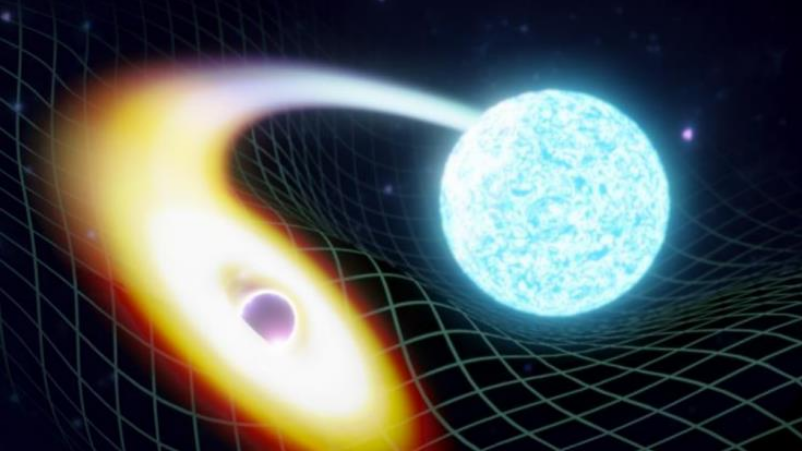The Computational Astrophysics research line (or Research Line RL1) applies advanced methods in computational fluid dynamics, magnetohydrodynamics (MHD), and numerical relativity (i.e., numerical solutions of Einstein’s equations) to address key questions in solar physics and in the modeling of gravitational-wave and multi-messenger astrophysical sources.
In solar physics, the group contributes to a deeper understanding of the dynamic behaviour of coldplasmas in the solar atmosphere. Its work improves knowledge of the magnetic structure of solar prominences and their environment through seismological analyses of large-amplitude oscillations, and refines estimates of the energy transported by upward-propagating MHD waves from the photosphere to the chromosphere and prominences—an essential step toward resolving the long-standing problems of coronal and chromospheric heating.

This research is also of broader relevance, as the magnetic structures and partially ionised plasmas studied are analogous to those found in other stellar atmospheres, the interstellar medium, and planetary magnetospheres. High-resolution observational studies have enabled the inference of magnetic fields and temperature profiles along solar spicules and in coronal rain using spectroscopic inversions based on data from the 1-m Swedish Solar Telescope and the Interface Region Imaging Spectrograph, placing new constraints on the plasma structure of the lower solar atmosphere. As part of the objectives of RL1, both the interaction between coronal holes and large-scale coronal waves and the magnetohydrostatic equilibria governing solar coronal structures have been further characterised.
In parallel, RL1 makes substantial contributions to the study of compact object mergers through numerical simulations in general relativity. The group is among the few worldwide capable of conducting detailed and physically realistic simulations of binary neutron star (BNS) mergers—astrophysical laboratories for testing gravity, plasma physics, and dense matter under extreme conditions. These efforts gained renewed importance following the multi-messenger detection of GW170817, which
marked a turning point in observational astrophysics. The group also investigates the phenomenology of exotic compact objects (ECOs), such as boson stars, and studies neutron stars within alternative theories of gravity (e.g., scalar-tensor and K-essence models). These explorations support the development of waveform models that allow the identification or distinction of such objects in gravitational-wave data.
Finally, RL1 contributes to mapping the parameter space of coalescing black hole binaries. Led by S. Husa, this effort underpins gravitational-wave data analysis through extensive numerical relativity surveys, including the construction of a catalogue of spinning binary systems with orbital eccentricity— a key milestone in waveform modelling.





